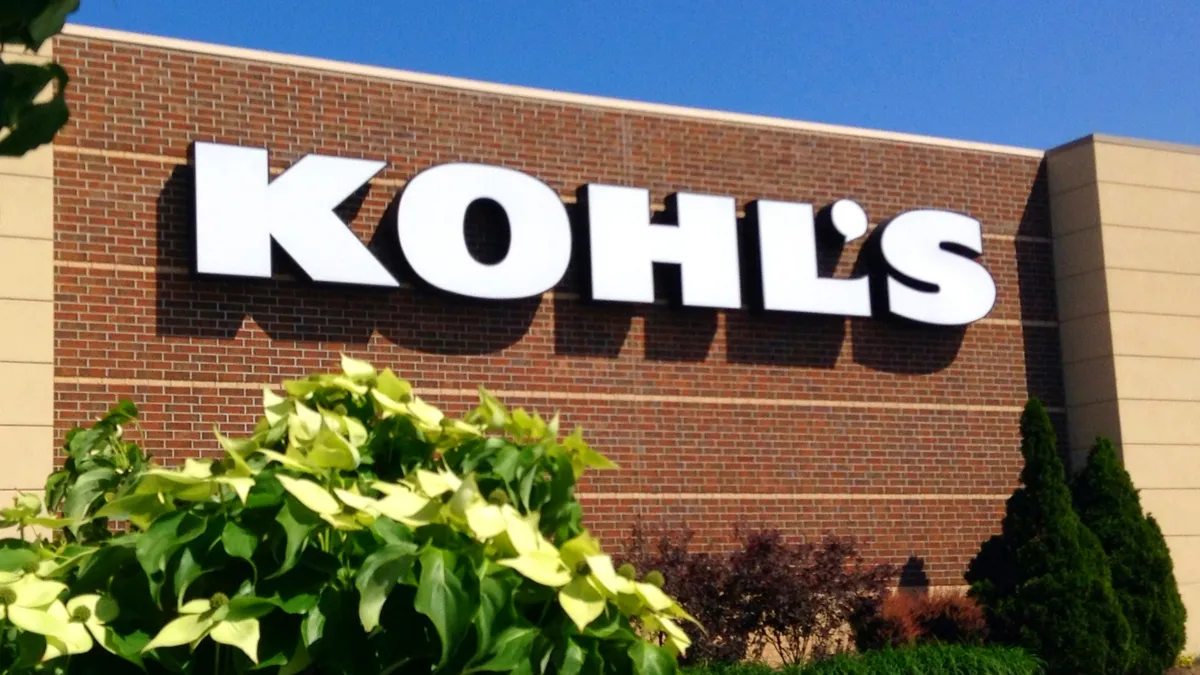The role of retailer changed in 2020. Those deemed essential offered crucial supplies in a fight against the coronavirus. E-commerce became a lifeline for vulnerable populations for whom public spaces presented a risk. The stakes went up and those that had built up the agility to handle whatever challenge was thrown at them succeeded in supplying customers and generating returns.
Target COO John Mulligan and CEO Brian Cornell have defended the company’s gradual transition to store-based e-commerce fulfillment for at least five years. In 2015, the company was shipping 20%-25% of e-commerce orders from Target stores. Five years later that share ranges between 75% and 90%.
In August, Mulligan called concerns that the model wasn’t scalable "nagging." But it’s clear that some skeptics are starting to believe — especially as a shock of pandemic-driven demand hasn't detered the team.

Focus on stores
Target didn't close stores entirely, due to its "essential" status. The retailer did reduce hours for much of the spring and summer. But even with stores open, customers turned to e-commerce in droves — bringing retailers what likely would have been years of e-commerce growth in a matter of weeks.
Target’s digital sales increased YoY, 141% in Q1 and 195% in Q2. And as online orders grew, so did the share of them fulfilled from stores. With volume up nearly triple the previous year, the company needed uninterrupted, resilient fulfillment processes that wouldn't buckle under the pressure.
Shipping from stores not only decreased the business and safety risk of shipping from centralized warehouses where worker proximity is baked into the workflow, it also kept Target orders shipping fast.
"Target continued to lean heavily on its stores to support its online business, with same-day, which includes in-store and curbside pick-up as well as delivery, up 273%, and store fulfillment took care of over 90% of total sales, further validating the company’s store-leveraging strategy," said Moody’s retail analyst Charlie O’Shea via email in August.
Once held up by a minority of retailers, the ship-from-store fulfillment method became particularly relevant during the pandemic. For nonessential retailers, shipping from stores was a way to move trapped inventory when stores had to close. For essential retailers, it became a hedge against disruption and a steam valve for overloaded replenishment and fulfillment networks.
Walmart dialed up its ship-from-store work in the first quarter, expanding to 2,500 stores by May and making the expansion permanent by August.
Leveled up replenishment
Beyond creating a fulfillment model that enables flexibility — hundreds of possible fulfillment options rather than a handful — the transition to ship from store makes inventory management efficiency and precision a necessity.
Shipping from stores can put retailers in the position of fulfilling an online order at the expense of a full shelf. When cleaning supplies, toilet paper, flour and shelf-stable food became the fastest moving SKUs in the spring, a strong handle on inventory needs and store replenishment was paramount.
Target has been working on the ideal way to optimize store replenishment for ship from store for years. It unified inventory across channels in 2016 — years ahead of top competitor Walmart, which is just beginning this work — and spent the next four years engineering an operational model tailored to store-based fulfillment.
"Bottom line, shipping from our stores moves product faster, and we do it at a significantly lower cost … But the entire supply chain operation has to support it," said Mulligan on an earnings call in March 2017. "The trick is to send them only the right amount of product at the right time and quickly… The goal is to be able to move inventory in any quantity, whether that’s cases, pallets or individual units. So we can replenish only what we sold."
Two years later, just before the pandemic changed the fate of retail in 2020, Target rolled out a technology-driven plan to change the way stores are replenished with e-commerce picking and packing operations at the stores in mind.
After roughly five years of buildup and commitment, Target has proven the ship-from-store model works in and out of a pandemic. Plus, in Q2 the retailer cut e-commerce fulfillment costs by 30% YoY.
"Target was among the earliest retailers to understand the power of store assets in the omni-channel world and, as a result, early investments in transforming their supply chain are paying off," Michael Baker, senior research analyst at D.A Davidson, wrote in an analyst note in August.
In selecting Target for Company of the Year, Supply Chain Dive recognizes the foresight, preparation and agility the retailer flexed to keep orders shipping while gaining efficiency — all during the retail roller coaster that was 2020.




 Read more
Read more










